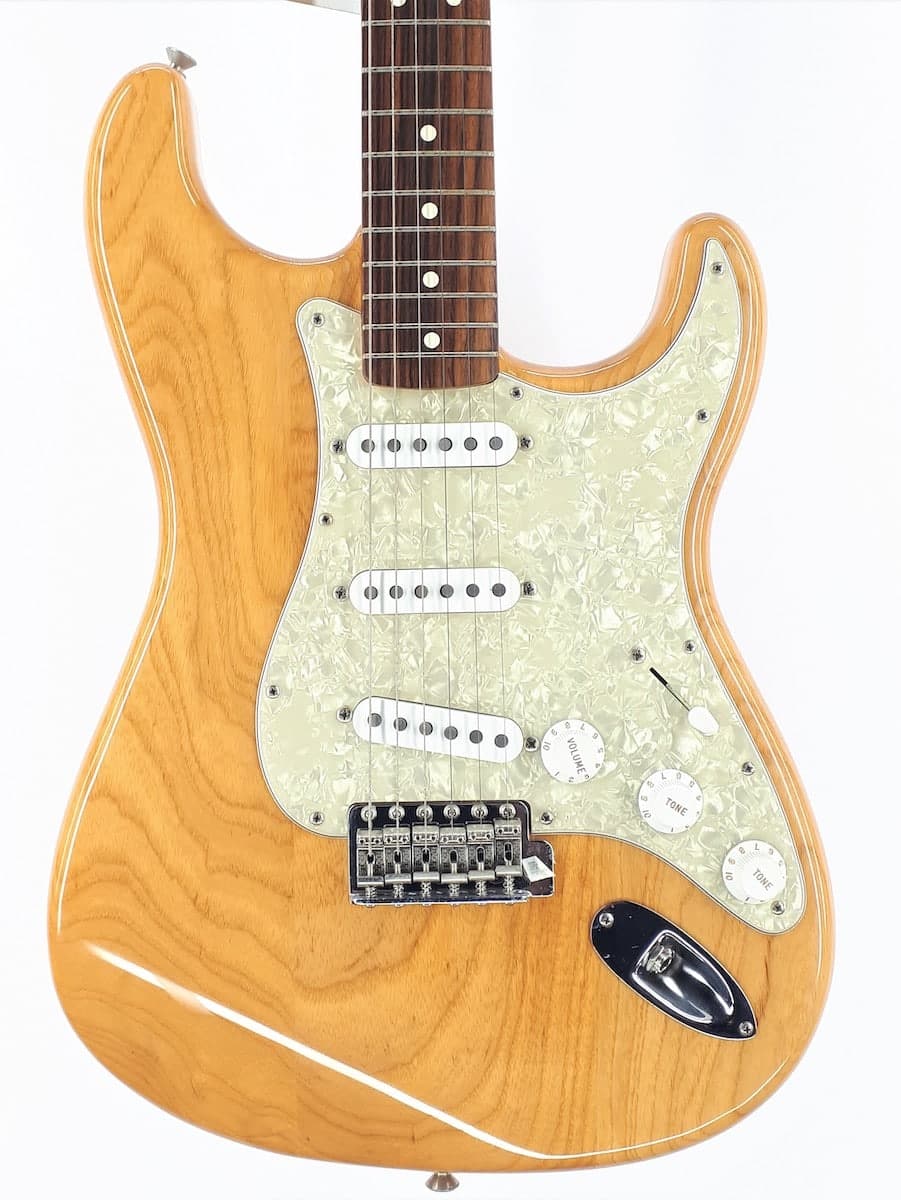The following tutorial explains in detail how to make a translucent nitrocellulose finish with Nitorlack products, both in spray and spray. At the bottom you can see an explanatory video and there is also a link to download the tutorial in PDF.
WOOD PREPARATION
The wood must be free of blemishes and stains.
Sanding with P 240 and P400 grit. It should be sanded in the direction of the grain, until no visible sanding marks are left.
Eliminate the repel.
Lightly moisten the wood with a damp cloth and, when it is dry, very gently use a fine sandpaper until the surface is smooth again. The sandpaper will pull out the raised fibers, which will not be a problem again. Sanding very hard will release new fibers and the operation will have to be repeated. In any case, the process can be repeated, to be sure that the repellent has been completely eliminated.
You can find all the sandpaper you need in our web
BACKGROUND: Nitorlack PRIMER
The background is the layer of varnish that will build the base of the finish, providing a uniform surface.
We will sand with P800 grit between coats. Minimum application of 3 coats is recommended. We will apply the product until we see that there are no imperfections, it is perfectly level and the pore of the wood is completely closed.
The number of layers and quantity of product to be applied will depend on the pore of the wood, a mahogany is not the same as a maple, but generally with 2 or 3 sprays we have enough and in the case of applying with a spray with 1 liter we can finish the background process correctly and we will have enough for some more guitar.
You can find the nitrocellulose background here.
FINISH – Nitorlack LACQUER
- The finish application process is the same as the primer. We apply finishing coats by sanding between them with P800, allowing 24 hours to dry between coats. It is recommended to apply a minimum of 3 coats.
The NITORLACK finish is ready to use, however the viscosity can be adjusted with MEDIUM solvent. If working in especially hot and humid environments and in order to avoid “veiling” in the lacquer, RETARD solvent must be applied. The percentage to be diluted is usually 10%. You can find the solvent here. - In the case of applying with a NITORLACK spray finish, the application process is the same as with a spray gun.
- Apply 2 to 3 coats per day with 1 to 2 hours of waiting between coats. It must be taken into account that as coats are applied on the same day the drying time increases, since the previous coat is not completely dry when the next one is applied. The drying that occurs between one day and another makes the drying time of the first coat of the next day short again.
- Apply 6 to 9 coats, 4 to 7 if a particularly fine or “open-pore” finish is desired
- With 2 or 3 NITORLACK LACQUER finishing spray is enough for a guitar, in the case of a can, if it is to be applied with a spray gun with 1 liter, we can correctly finish the background process and we will have enough for some more guitars.
SANDING AND POLISHING
- Let the finish “dry” for 3 to 4 weeks, preferably in a ventilated and dry place.
- Sand with water-based sandpaper progressively P1200 – P1500 and P2000 to remove imperfections, dust, orange peel etc.
- When we have the perfect surface, we must polish using the RHYNOPOLISH POLISH COMPOUND PLUS – CUT AND POLISH IN 1 STEP with the WHITE polishing sponge.
- Apply the polish on the sponge and polish without pressing too hard and avoiding overheating the finish.
- With this process it is enough to achieve a mirror shine but if we want a superior shine with a high degree of protection we can use the second step RHYNOPOLISH POLISH HIGH-GLOSS PLUS – SHINE AND PROTECTION with the BLACK sponge.
You can find the sandpaper here and the sponges and polishes here
General Tips and Tricks:
A finish with Lacquer “Nitorlack” guitars, depending on factors such as whether the wood is stained or not, and how many layers of color are given, should have a total of 6 to 10 coats in total, counting background – color – finish, with a minimum of 4 coats of translucent finish. This will give an approximate thickness of 150 microns (0.15mm) depending on how much is sanded, how much lacquer is applied to each coat, and what thickness of finish is desired. If an instrument has not been finished beforehand, it is advisable to apply about 9 to 12 coats, this way you will be sure not to sand or polish the finish excessively, leaving parts with “bare” wood. As more experience is gained with the product and finishing method, fewer coats will be required and finer finishes can be achieved.
If you decide not to use a primer, you can apply a first coat of Lacquer “Nitorlak” guitars diluted 50% in solvent 540421, this coat should “wet” the wood and penetrate it, favoring the adherence of the successive final finishing coats .
If an “open pore” appearance is desired, the product can be diluted to apply less solids to each coat. However, it must be taken into account that the possibilities of “drops” or “drips” are increased
If, during application, you accidentally get a “drop” or “drip”, allow the finish to dry (overnight) and level by sanding with P400 sandpaper, preferably on a hard block of material. You can also “cut” the drip with a razor blade, a faster method and one that avoids the accidents that can be caused by excessive sanding.
To become familiar with the process, it is advisable to test on discarded wood, in order to evaluate for yourself the characteristics of the process of finishing a guitar with our guitar lacquer.
It is also advisable to use a “witness” surface on which to apply the layers of lacquer at the same time as on the piece to be finished. A piece of paper glued with masking tape to a rigid support (wood, thick cardboard) is a suggestion. Thus, measuring first the thickness of the paper with a caliper and then measuring the resulting thickness of the successive layers once dry, you will have a fairly accurate idea of the thickness of the layer to be applied and thus be able to have a better idea of its thickness. A thickness of 150 to 180 microns (0.15 to 0.18 mm) guarantees a fine finish, which respects the vibrations of the instrument, while protecting it, avoiding excessive thicknesses.
If you need a complete guide to this type of nitrocellulose varnish I leave you a link to a publication where we explain it in more detail.




